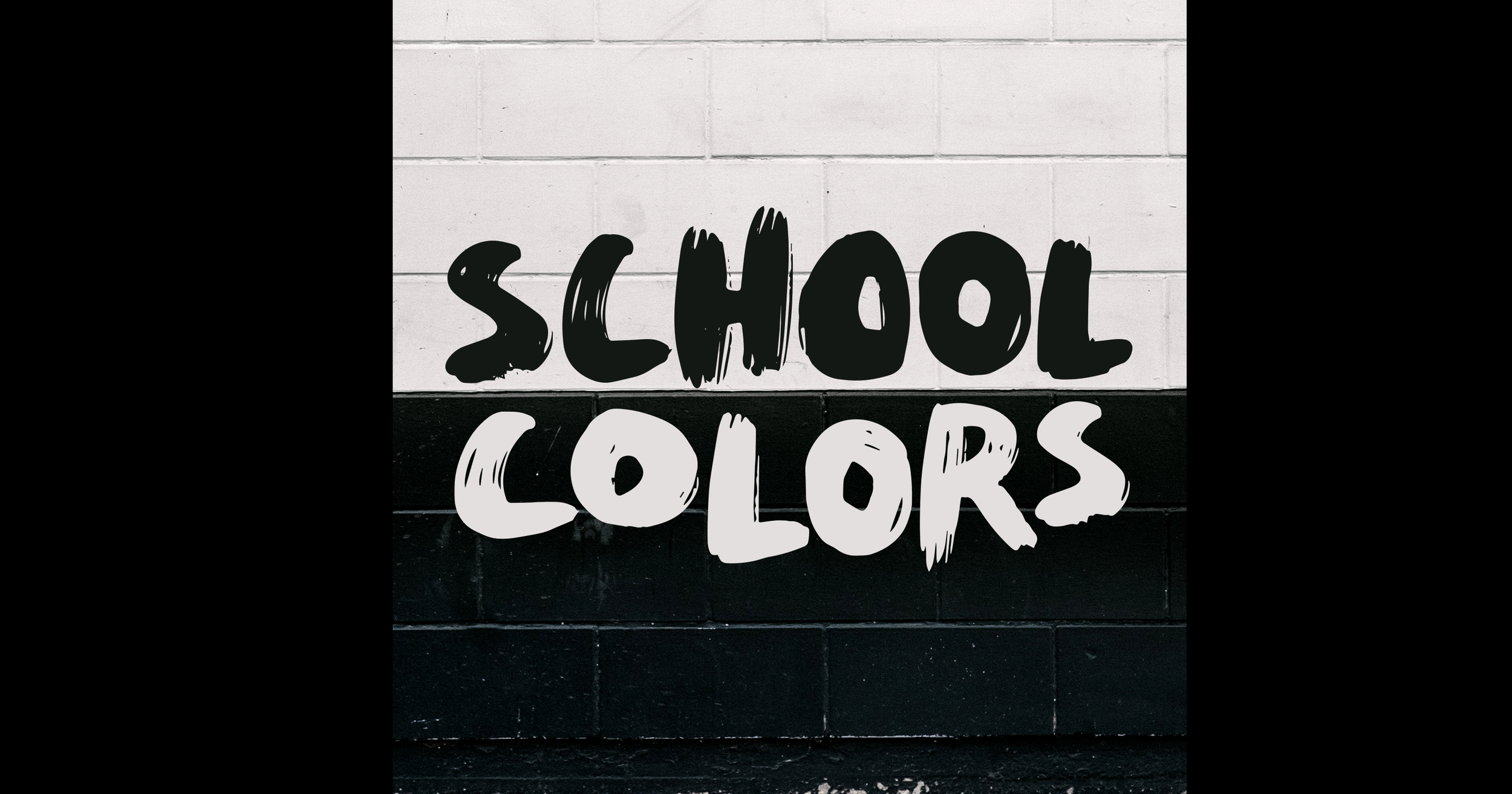
School Colors
Podacast by Mark Winston Griffith and Max Freedman
Season one of the School Colors podcast covers the history of Ocean Hill-Brownsville in Brooklyn where Black and Puerto Rican parents tried to exercise power over their schools and they collided head first with the teachers’ union — leading to the longest teachers’ strike in U.S. history in 1968.
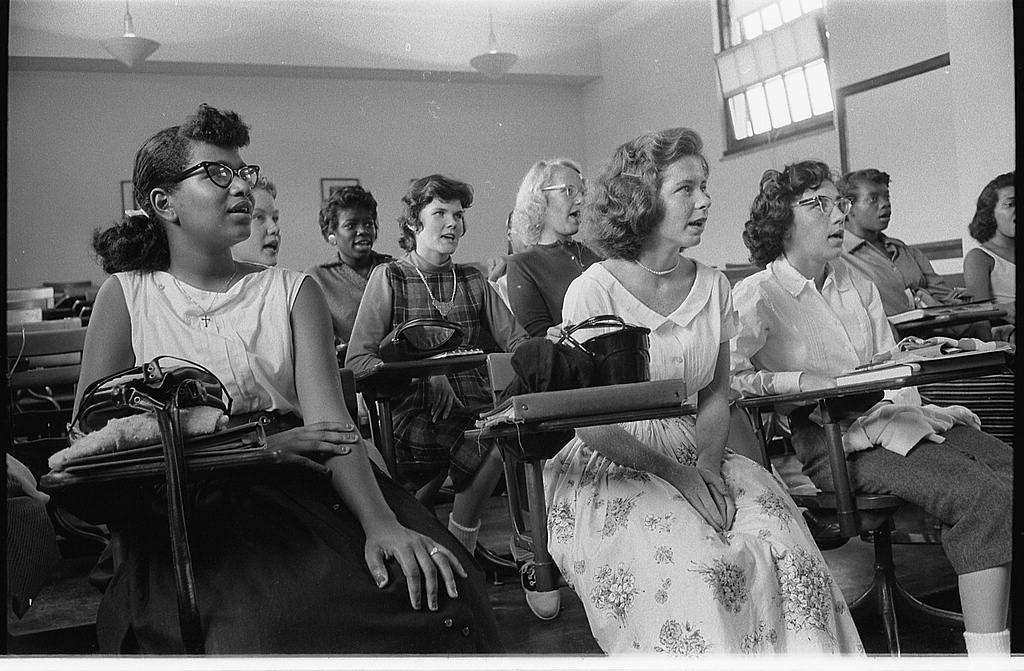
Introduction: Desegregation
Introduction
Throughout U.S. history, communities of color fought for their right to equal access and for human dignity and equity. Desegregation in public schools, transportation, and other accommodations was more than court cases and legal victories. Desegregation was a long struggle led by students, parents, and every day citizens. . . . They were not interested in integration, or the desire to mingle socially or otherwise with whites, but to break and reconstruct institutions that forced people of color into positions of poverty, illiteracy, and political powerlessness.

The March on John Philip Sousa: A Social Action Project
Teaching Reflection by Elizabeth A. Davis
Students fight to save a historic D.C. school building that was part of the Brown v. Board of Education court case.

Comfort Food: A Lesson for Child of the Civil Rights Movement
Lesson by Paula Young Shelton
Food played an instrumental role during the Civil Rights Movement, bringing people together to plan, gain strength, and organize. Community members played an important role feeding volunteers. This lesson is a companion to the picture book, Child of the Civil Rights Movement.

Transportation Protests: 1841 to 1992
Reading by Julian Hipkins III and David Busch
The struggle for the desegregation of transportation has a long history in the United States. This timeline outlines some key individuals and organizations who took a stand against segregated transit.
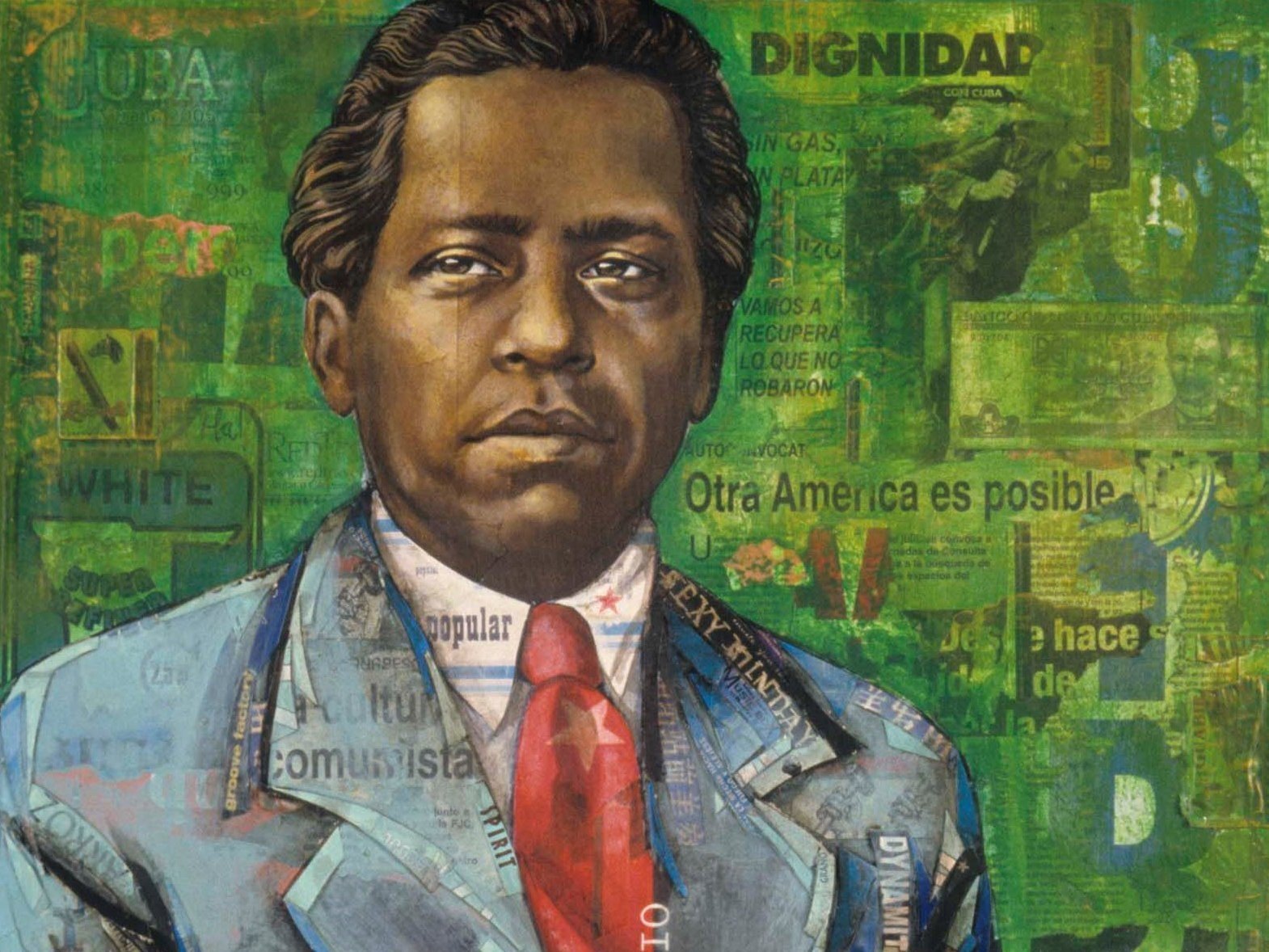
Nicolás Guillén: The Struggle against Two Racisms
Reading by Carmen Gómez García
In this essay, excerpted from a chapter on the history of Cuban social poetry, Gómez García introduces the reader to Guillén’s poetry about racism in the United States. This is an ideal text for classes on poetry, Spanish, 20th-century U.S. history, and Latin American history.
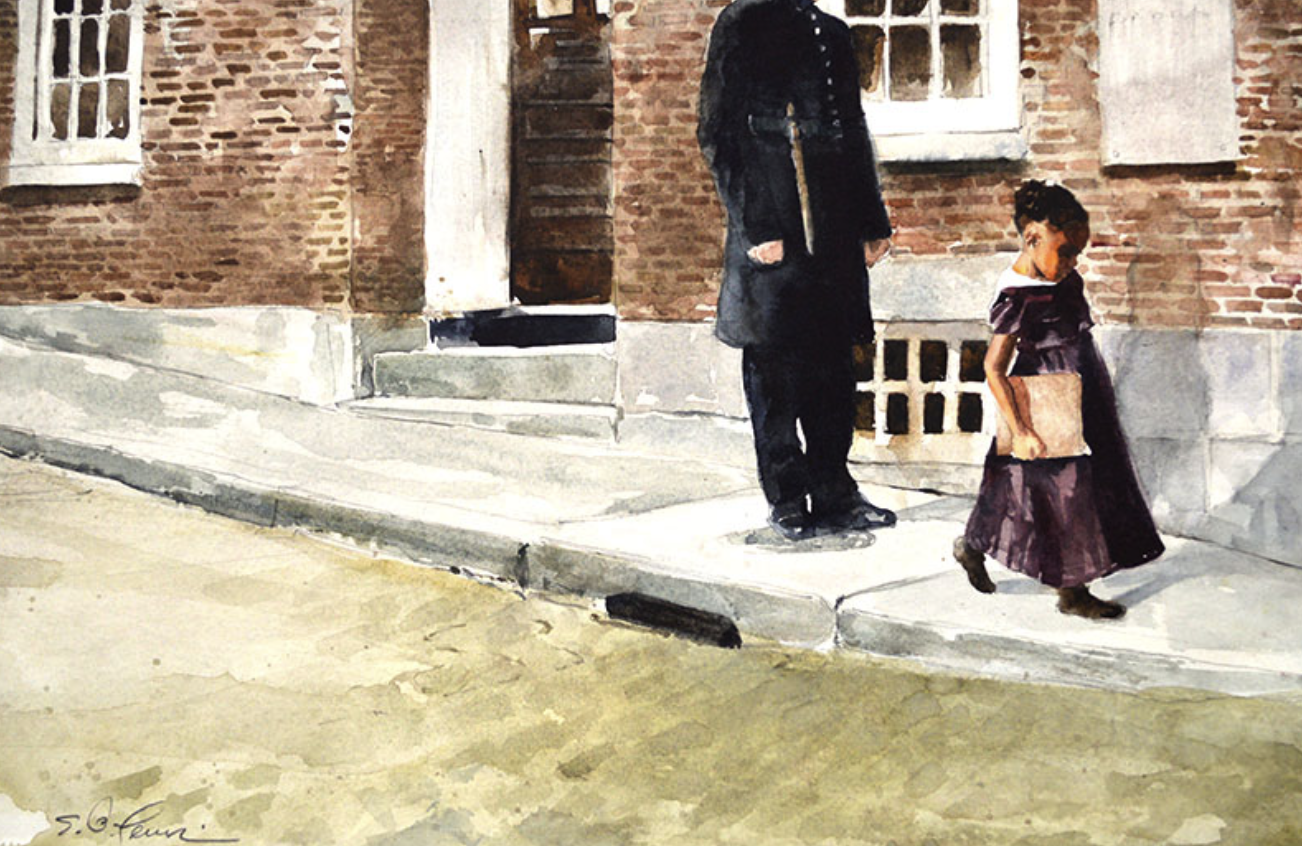
Key Issues in Race and Education Timeline
Reading by Akashi Kaul, Andrea Guiden Pittman, and Jenice L. View
A timeline highlighting key moments in the history of race and education.
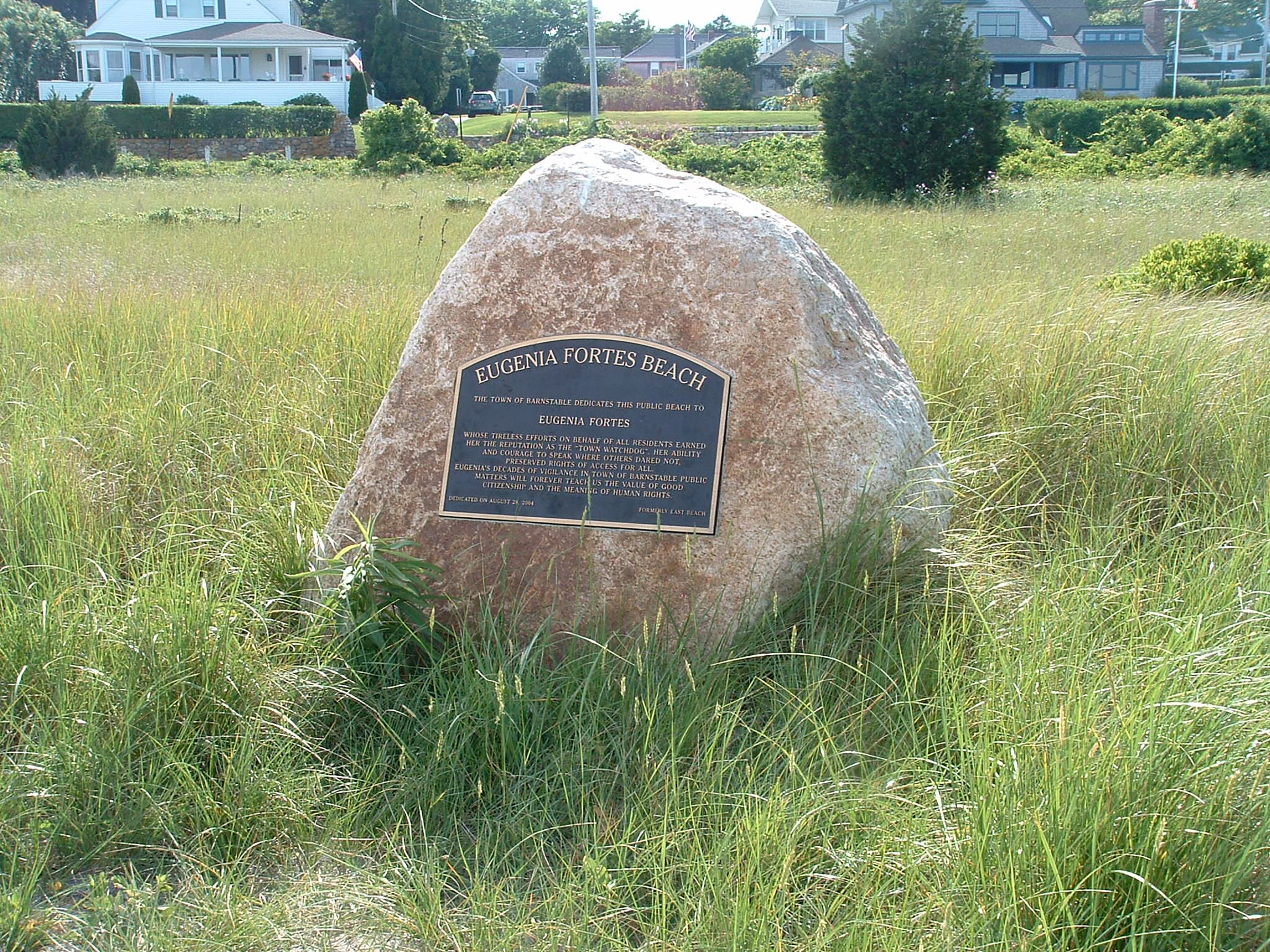
Sit Down Marie!: Eugenia Fortes at the Hyannis Port Beach
Teaching Reflection by Maggie Donovan
Students react to a story about two young African-American girls who refused to move to the colored section of the Massachusetts beach.
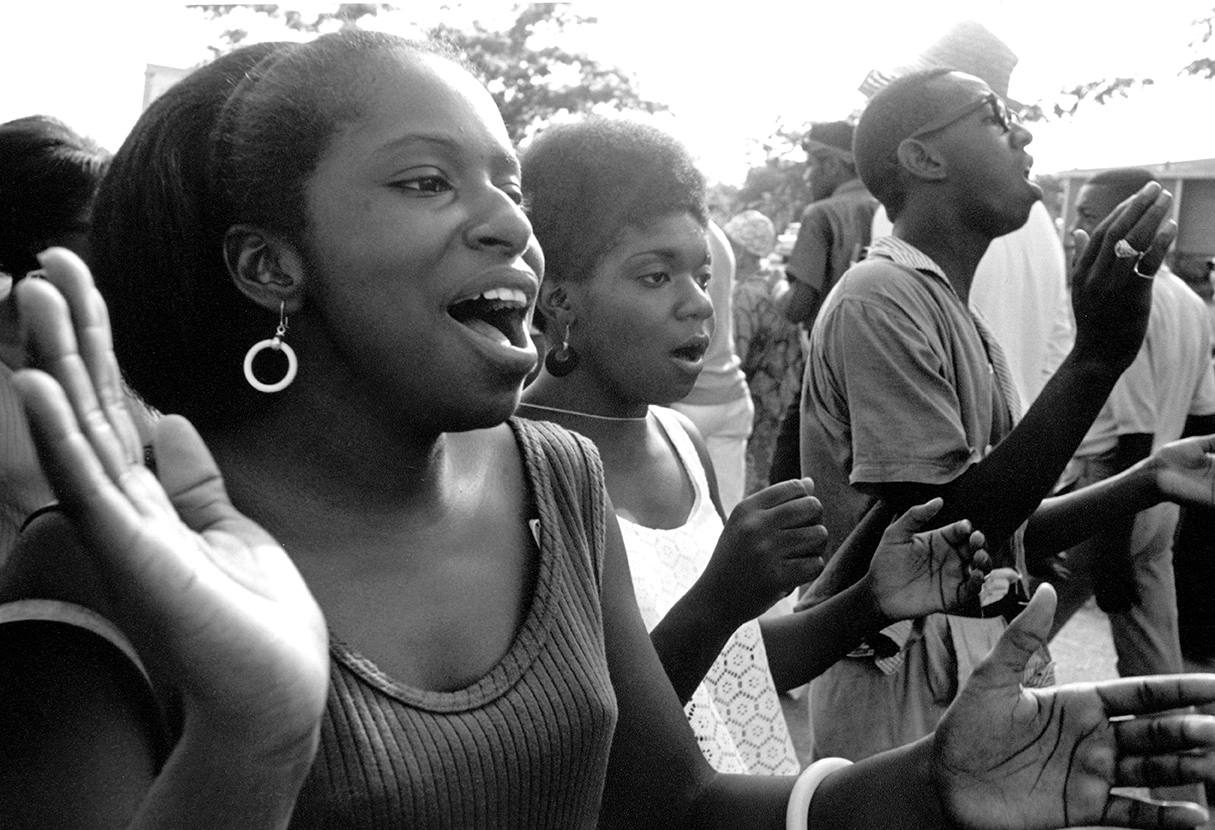
The Role of Freedom Songs
Reading by SNCC Digital Gateway
One cannot understand the history of the Civil Rights Movement absent the role of freedom songs. Here is a description of their importance from the SNCC Digital Gateway, followed by the song “If You Miss Me from the Back of the Bus.”
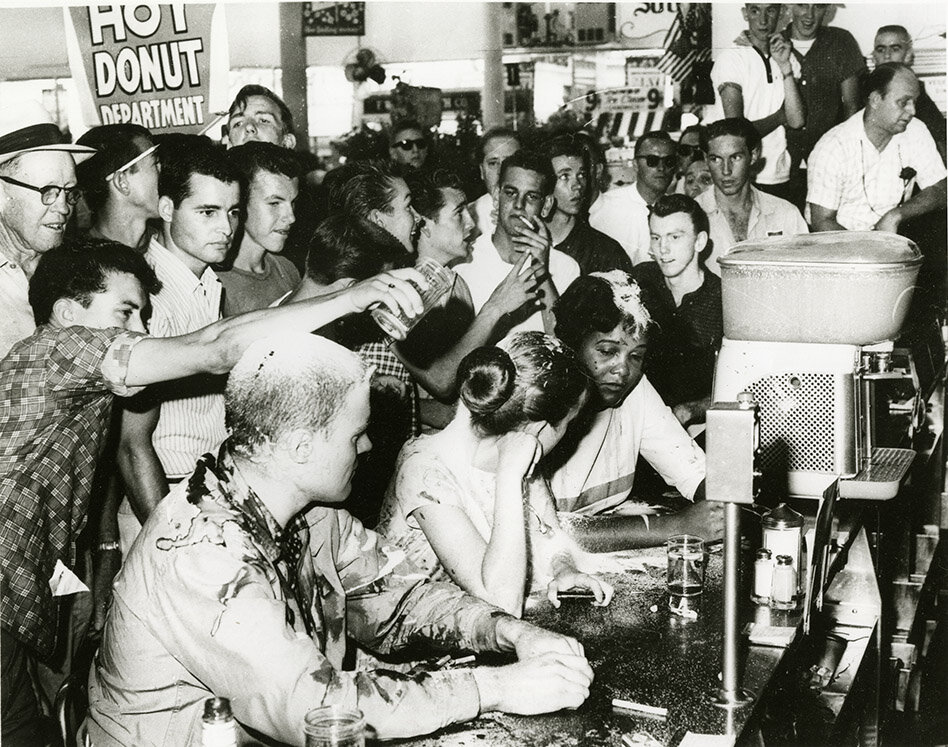
Sit-Ins: A Desegregation Role Play
Lesson by Chris Hoeh
A role play lesson for second grade on sit-ins.
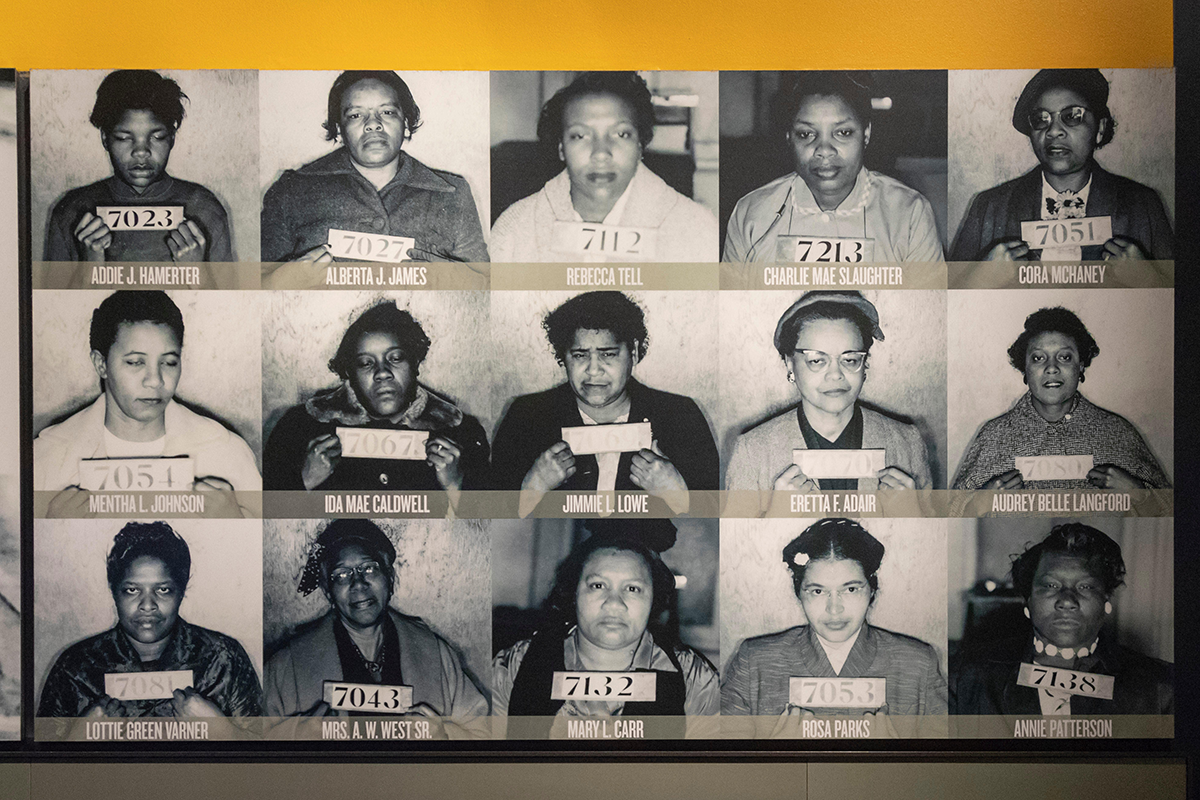
Montgomery Bus Boycott: Organizing Strategies and Challenges
Teaching Activity by Alana D. Murray
In this activity for middle and high school, students act as organizers and learn about many of the challenges faced by the group who sustained the Montgomery Bus Boycott for 381 days.
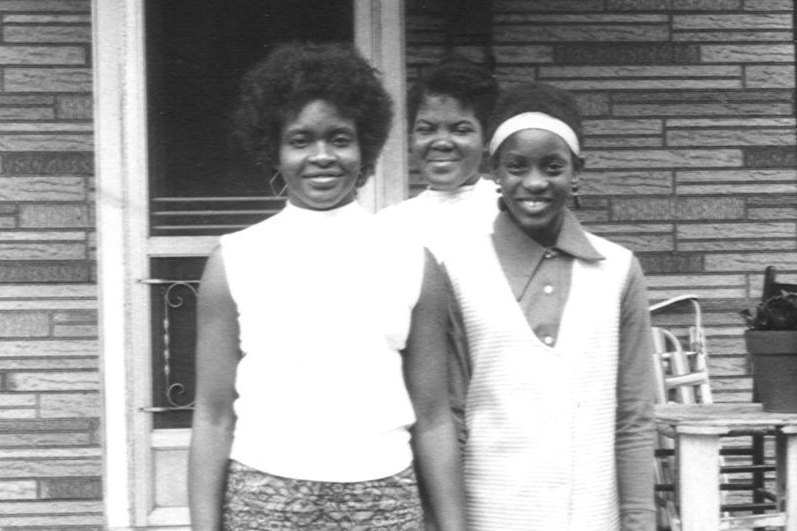
Soul Power and the People
Reading by Jenice L. View
Essay recalling memories of school desegregation in 1968 Washington, D.C.
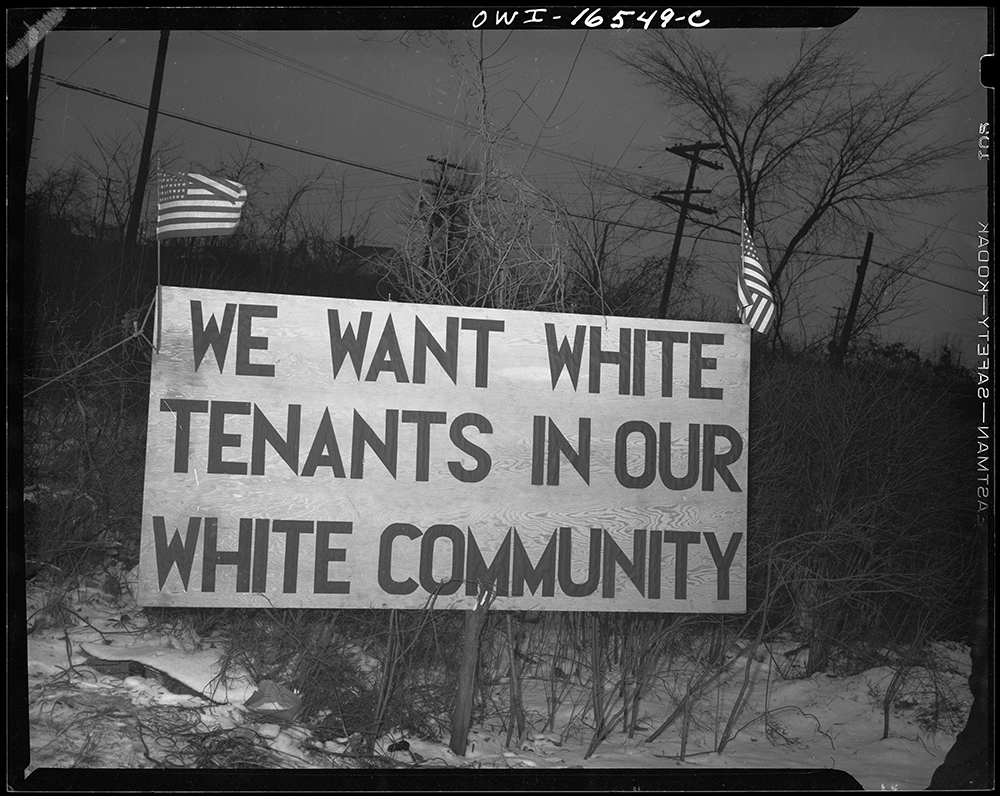
Our House Divided: What U.S. Schools Don’t Teach About U.S.-Style Apartheid
Reading by Richard Rothstein
The widespread belief that our continued residential racial segregation, North and South, is “de facto,” not the result of explicit government policy but instead the consequence of private prejudice, economic inequality, and personal choice to self-segregate is false. In truth, our major metropolitan areas were segregated by government action.

A School Year Like No Other, Eyes on the Prize: Fighting Back: 1957–1962
Lesson by Bill Bigelow
Students write poetry or prose in reaction to viewing "Eyes on the Prize: Fighting Back 1957-62" and two readings.
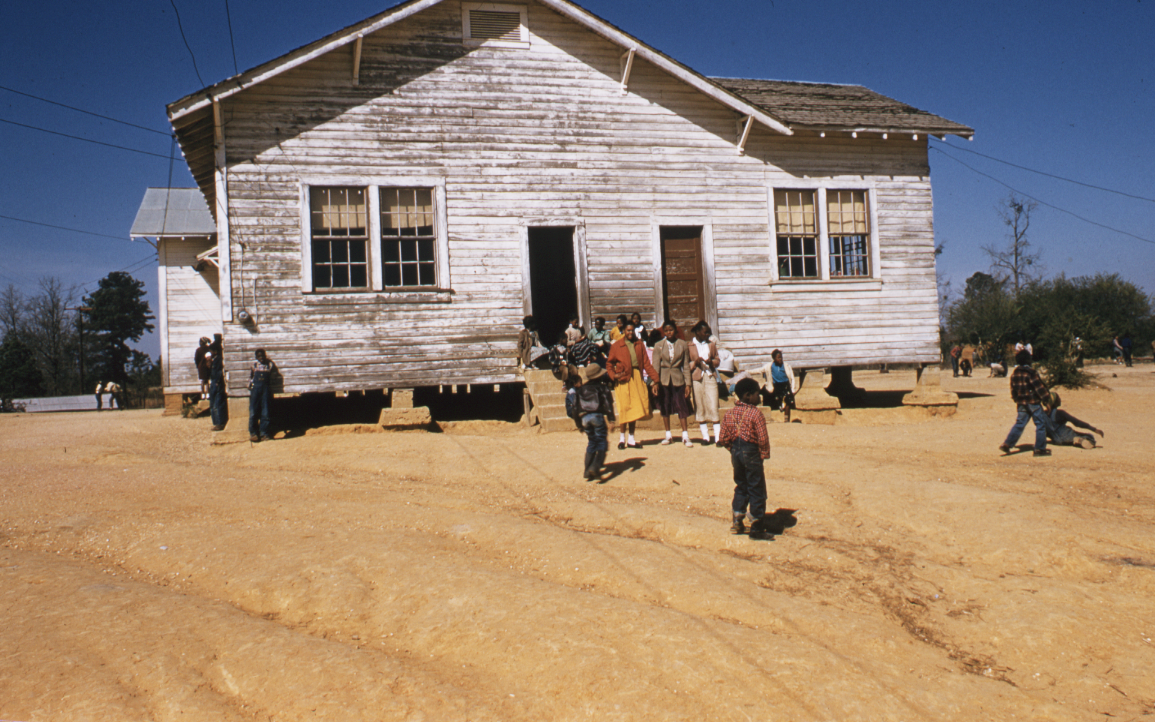
Gallery Walk on the History of Education in Mississippi Through the Lens of Race
Lesson by Julian Hipkins III and Deborah Menkart
Using textbook excerpts, data, quotes, legislation, and images, this gallery walk begins pre-Mississippi in the ancient city of Timbuktu, moves through Reconstruction and Jim Crow, and carries on to present day issues.

How Red Lines Built White Wealth: A Lesson on Housing Segregation in the 20th Century
Lesson by Ursula Wolfe-Rocca
The mixer role play is based on Richard Rothstein’s The Color of Law, which shows in exacting detail how government policies segregated every major city in the United States with dire consequences for African Americans.

Nonviolence vs. Jim Crow
Primary Document by Bayard Rustin
This essay, based on an experience Rustin had in 1942, is one example of the countless challenges to Jim Crow and the use of non-violence as a tactic that predate the traditional 1954 start date for the Civil Rights Movement.
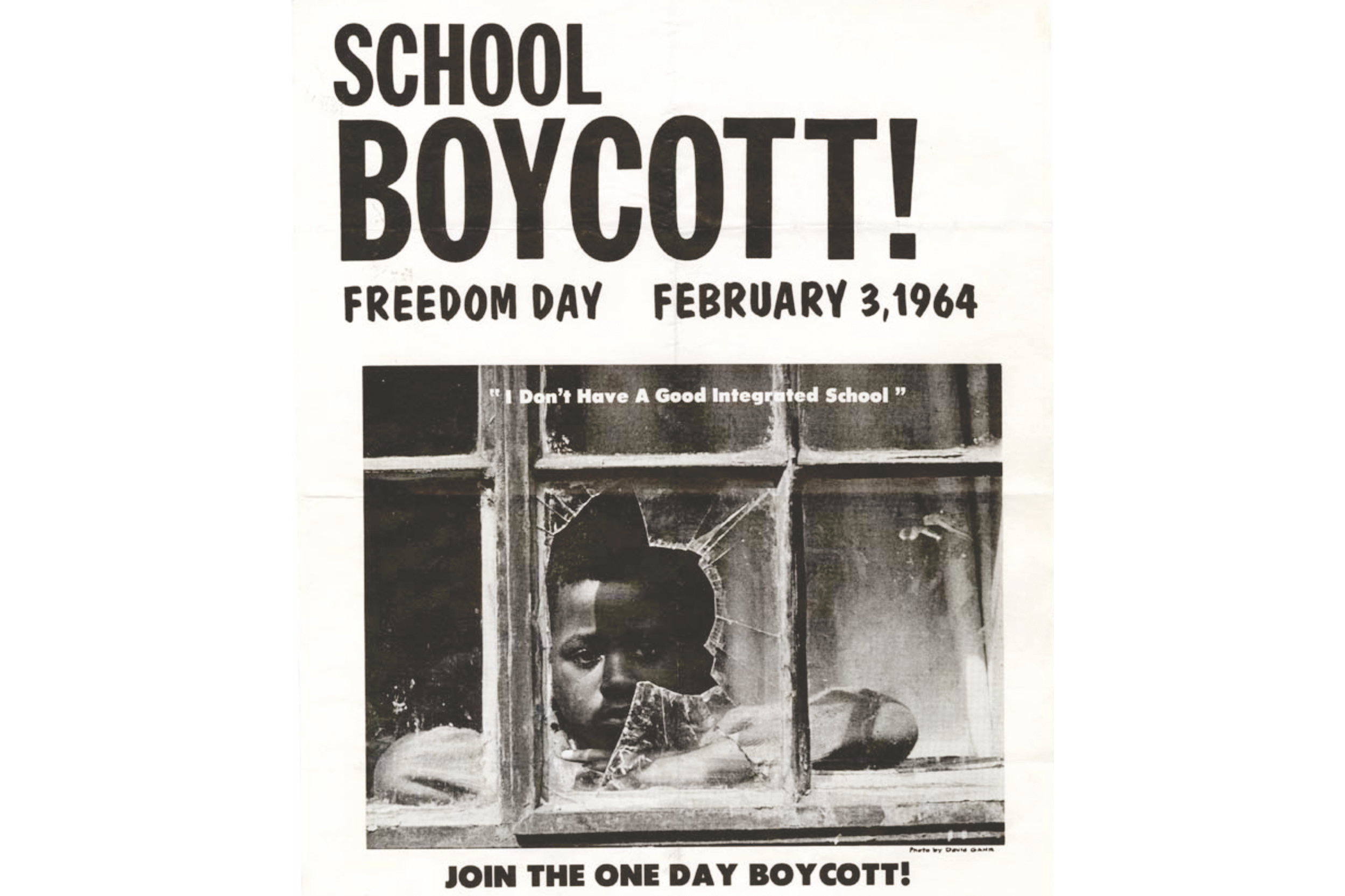
Teaching the 1964 New York City School Boycott
Teaching Reflection by Adam Sanchez
The largest civil rights protest wasn’t in the South, it was in New York City in 1964 when hundreds of thousands of students stayed home to protest school segregation. Here’s how today’s students reacted to a lesson about this historic boycott.
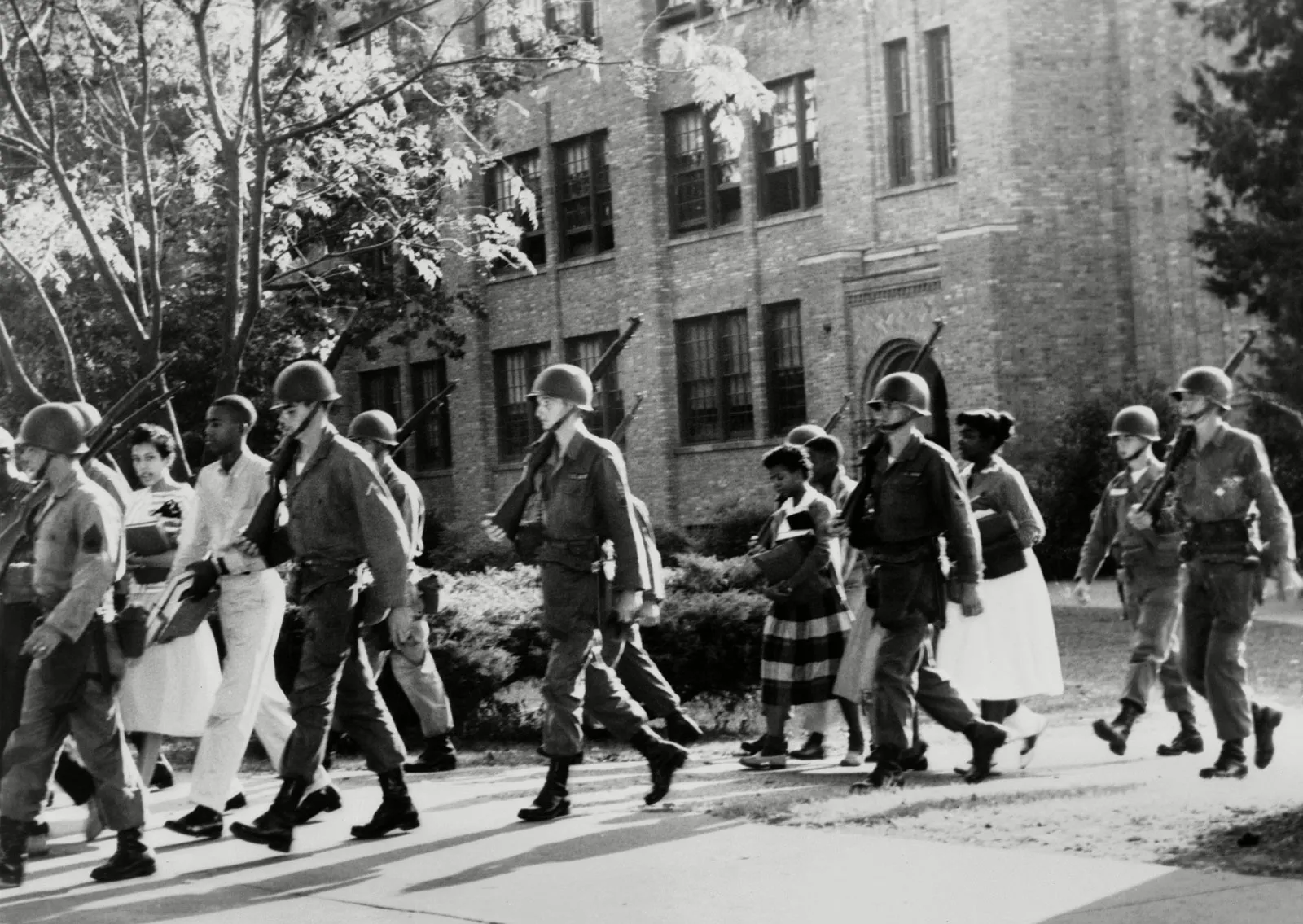
Warriors Don’t Cry: Connecting History, Literature, and Our Lives
Lesson by Linda Christensen
A unit designed to help students practice behaving as allies. Students read Warriors Don’t Cry: A Searing Memoir of the Battle to Integrate Little Rock’s Senior High, then create and act out scenes from their own experiences where people act as allies, victims, perpetrators, and witnesses.

Children's March History Dilemma
Lesson by Chris Seeger
In this lesson, students consider whether they would join fellow Black students in protest in 1963 Birmingham, Alabama, even if they are guaranteed to be arrested?
